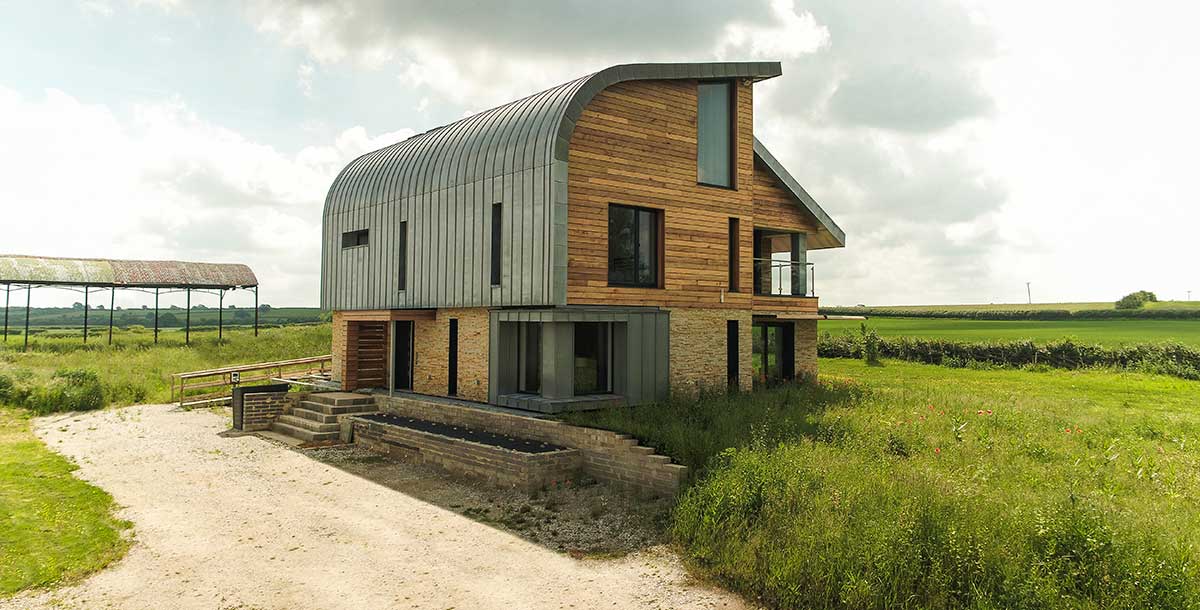A guide to sustainable heating
Low-carbon heating solutions to future-proof your home and reduce energy use
We are facing a challenge. Climate change demands that we adapt many of our habits to live more sustainably, while at the same time the financial and environmental costs of heating our homes increases every year.
The government’s response is the proposed Future Homes Standard, to be introduced by 2025, which will require new-build homes to be future-proofed with low-carbon heating and improved levels of energy efficiency. Meanwhile, there is plenty that we can do now to cut back or even eliminate our home’s reliance on fossil fuels.

The building envelope of this self-build is insulated with recycled newspaper and heating is provided by a Daikin air-source heat pump
Self-build solutions
When building a new home, all the energy-saving elements must be considered and balanced from the beginning of the project. The gold standard for this is the Passivhaus method, in which high levels of insulation and airtightness result in a home that will need little or no space heating at all. But buildings that do not have Passivhaus accreditation can still be highly efficient.
Making financial decisions on whether it’s worth spending more on high levels of airtightness and upgrading from double to triple-glazed windows to achieve lower running costs can be done by comparing prices and performance details from suppliers, and taking advice from your architect or an energy consultant. When considering pay-back times, assess both the projected lifespan of the building and how long you intend to live there.
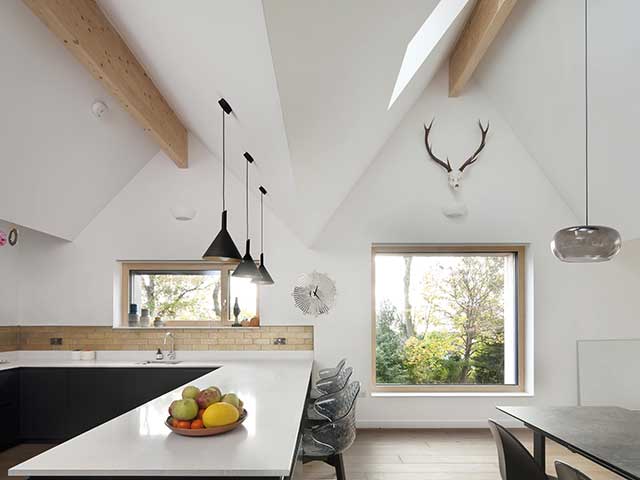
Photovoltaic solar panels and an air-source heat pump supply the energy and heating for this timber-framed and insulated family home in Scotland. Photo: Darren Chung
Build efficiency
Achieving a building that’s as airtight as possible is down to the quality of workmanship as much as the materials chosen. Prefabricated build systems have an advantage in that the main components are put together under rigorous factory conditions. When good levels of airtightness are achieved, the project could include a mechanical ventilation with heat recovery (MVHR) system. This maintains a flow of filtered air through the house, recovering heat from the moist, stale air inside and transferring the warmth to air drawn in from outside.
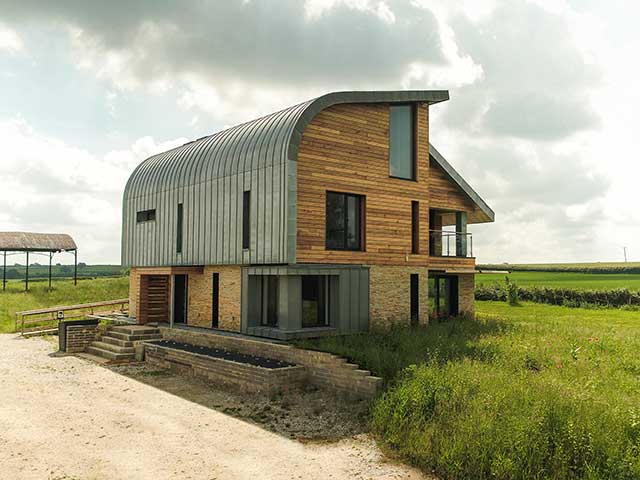
This farmhouse in south Derbyshire was designed to Passivhaus Plus standard by Justin Smith Architects. Photo: Skyline Pictures
Retrofit success
For anyone taking on a refurbishment, whether or not this includes an extension or loft conversion, energy efficiency is of great importance. ‘Period properties represent a huge portion of the UK’s housing stock, so it’s critical that planners, architects and builders define appropriate methods to tackle them,’ says Kit Knowles, director of Ecospheric. Just as with a new-build, insulation, airtightness and renewables all come into consideration. The ultimate standard is Enerphit, issued by the Passive House Institute for retrofit projects.
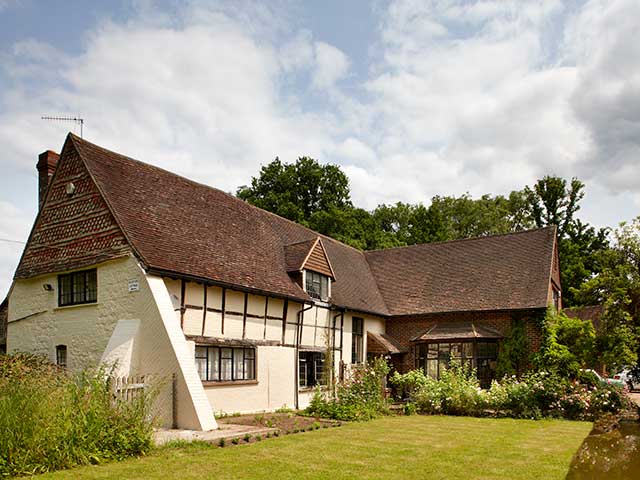
This 400-year-old home in Surrey has been retrofitted with a Danfoss ground-source heat pump
Spread the warmth
Conventional radiators rely on convection currents to warm the air, but there are more efficient ways of distributing heat, such as underfloor heating or infrared panels. Infrared warms you, and other objects, using radiant heat. The panels heat quickly and some types can be hidden behind a plaster skim. If you are drawn to the traditional appeal of a wood burning stove, choose one that is SIA Ecodesign Ready, which will meet the new regulations for lower emissions, coming into effect in 2022.
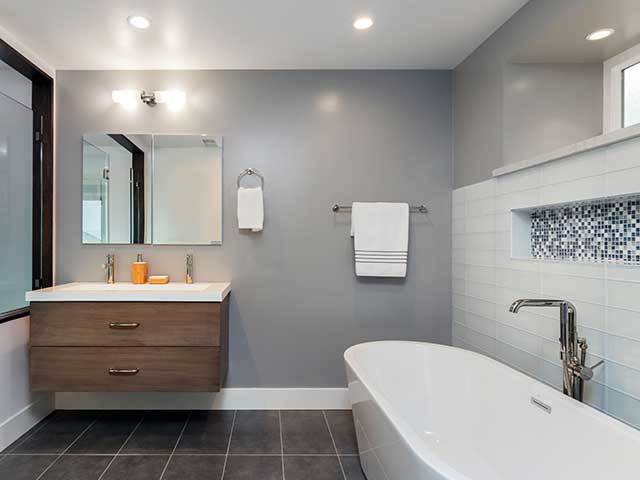
This bathroom has a wall-mounted mirror-finish infrared panel that directly warms the walls, floor and ceiling, effectively turning a room into a radiator. Photo: Herschel

